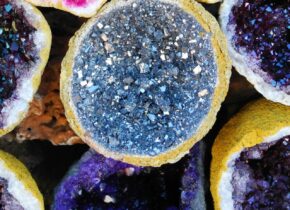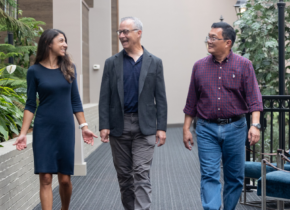ESIP is seeking an Executive Director! Find the position posting here.

AEOIP works alongside ESIP in the Land Management Cluster to foster interagency partnerships to advance Earth Observation-based land management.
By connecting Earth observation science & technology experts with land management experts, we seek to increase awareness of new Earth Observation (EO) capabilities, as well as research and operational management challenges, in order to help formulate solutions through effective integration of data.
To support sustainable natural resource management, satellite data products must address key agency monitoring and assessment needs. A primary objective of the collaboration between NASA and the land management community is to identify decision-support needs, existing gaps in knowledge and data, and relevant NASA products and tools to support those needs and close those gaps. We’re also looking to encourage the development of communities of practice—groups of people that have a goal of working together to solve issues of common interest.
Soil moisture dynamics, soil productivity and erosion, inventory and condition of wetlands, riparian areas, and groundwater-dependent ecosystems, aquatic habitat suitability, land cover, and hydrological change and vulnerability
Forest and non-forest vegetation structure, composition, and function, forest health and productivity, seedling survival, biomass and carbon, invasive species, fuel loading and post-fire recovery, vegetation shifts due to climate change.
Air and aerosols including GHG, carbon flux detecting, assessing, and monitoring ecosystem vulnerabilities due to changing environmental conditions (climate change and other abiotic stressors).
Development of integrated decision support tools, supported data formats, cloud computing (big data handling), integration (mission, tools), and technology transfer.
Materials from AEOIP’s annual gatherings from 2020-2024 are available on Zenodo.
Recordings and presentation materials are available on YouTube and figshare.
A list of all AEOIP publications is available on Zenodo.
Big picture value proposition for the work of the Collaboration Area. Followed by a
Lorem ipsum dolor amet consectetur adipiscing elit eiusmod tempor
Lorem ipsum dolor amet consectetur adipiscing elit eiusmod tempor
Lorem ipsum dolor amet consectetur adipiscing elit eiusmod tempor
The partnering NASA, USFS, and DOI agencies have identified a set of core values to define the work and objectives of the Applied Earth Observations Innovation Partnership:



